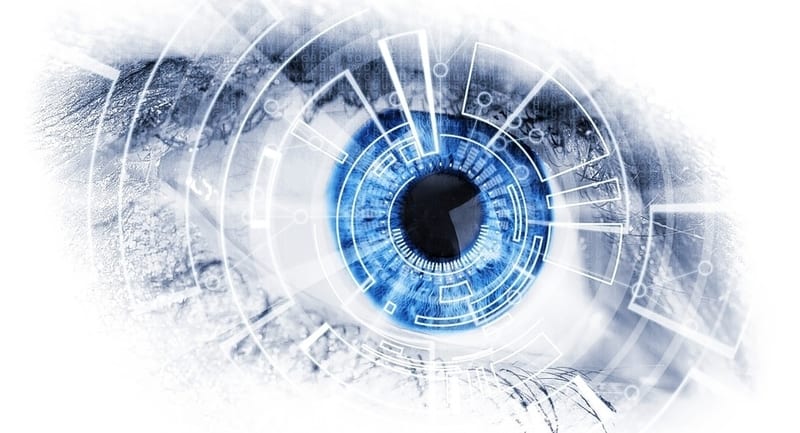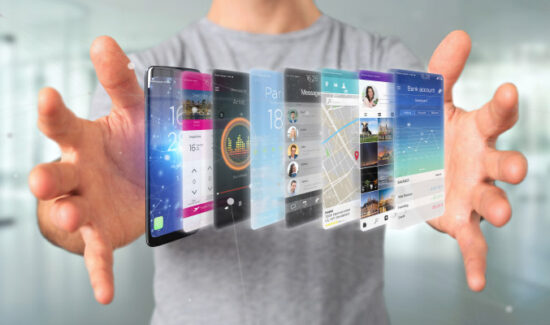Exploring Endpoint Security Detection: The Different Modes (SIEM, XDR, and EDR)


What are the different modes, models, and tools in endpoint security detection? How can your business improve its endpoint security detection? Why does this matter?
Let’s answer the last question first. The era of pure cybersecurity prevention is over. In fact, it hasn’t existed in years; this end of an era coincides with the proliferation of cloud environments, mobile devices, and new kinds of workflows connecting to enterprise networks. Attack vectors and surfaces expanded, turning the once-solid digital perimeter into swiss cheese. Taking advantage of the opportunity, hackers stepped up their game by changing their arsenals and evolving their tools.
In other words, as the Internet expanded and reached new places in the workplace, so did cyber-attacks. Now, no digital perimeter or antivirus can boast 100 percent effectiveness.
So the cybersecurity game, especially in endpoint security, evolved too. Now, it focuses on detection and response – finding threats once they appear in the IT environment and removing them as quickly as possible.
Most often, this game takes place on the endpoint; the endpoint remains the gateway to the network and is the most common stepping stone. Therefore, we take a look at three major models of endpoint security detection.
Exploring Endpoint Security Detection: The Different Modes (SIEM, XDR, and EDR)
SIEM
SIEM stands as one of the longstanding enterprise cybersecurity solution options, and one that evolved as much as the threat landscape. Originally, enterprises sought it out as a compliance tool. Indeed, it still features out-of-the-box reporting and automatic report generation.
However, as its log management tools gained prominence, more businesses recognized what SIEM could offer their InfoSec policies. SIEM aggregates data from through the IT environment, including on endpoints, and normalizes it. Then, it scans the data for security event data, making connections between seemingly disparate activities to reveal possible attacks. Finally, it sends an alert to your IT security team, prompting faster investigation times.
SIEM works, and you can learn more about it in our dedicated Buyer’s Guide. Yet SIEM doesn’t always focus on the endpoint. Instead, your team should deploy it to potential hotspots such as sensitive databases or privileged devices. Trying to capture all connected devices at once can overwhelm IT security teams with alerts as they modify its parameters.
XDR
The conversation around XDR is rapidly accelerating, even as it solidifies its capabilities and definitions.
As we learned in a conversation we had with empow, XDR (extended detection and response) works as an umbrella tool. “XDR refers to a unified security incident and response platform that automatically collects and correlates data from proprietary security components. In other words, you can think of it as a platform that aggregates the security events collected by SIEM, EDR, and identity management tools; it puts them under a single pane of glass, offering a holistic cybersecurity perspective over the entire network.”
Further, XDR can cross environments and centralize normalized data. All of this can prove essential, especially for more sophisticated cybersecurity platforms. However, XDR works best as it bridges cybersecurity solutions, rather than working independently.
EDR
Finally, we come to endpoint detection and response: EDR. EDR focuses totally on the endpoint, monitoring every connected device as it operates in the environment. If a threat penetrates the digital perimeter and infects a connected endpoint, the solution sends an alert to your IT security team, thus improving investigation and response times. Whereas SIEM focuses on the entire network and thus can miss individual endpoints, and XDR focuses on cybersecurity solutions, EDR stays on the ground with your users.
Endpoint Security Detection, Overall
Again, all of these tools are vital and important. But you need to consider what you need and where you need the most eyes. You can’t protect what you can’t see, so you need the right endpoint security detection.
Learn more in the Endpoint Security Buyer’s Guide.



















